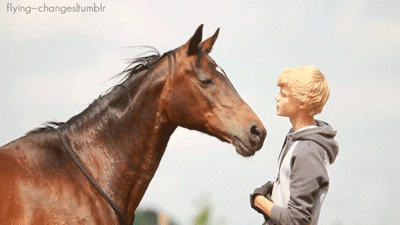What doyouthink?
Rate this book


241 pages, Paperback
First published September 6, 1954
“Do not by any means destroy yourself, for if you live you may yet have good fortune, but all the dead are dead like.”

“When things go wrong, you'll find they usually go on getting worse for some time; but when things once start going right they often go on getting better and better.”


“Do not dare not to dare.”







